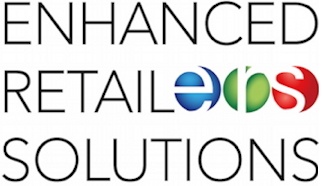How to Integrate 3rd Party Data in your Forecasts
By Jim Lewis, CEO Enhanced Retail Solutions
One of the most common project requests we get is integrating 3rd party information or research with a client’s POS data and forecast. For example, a client who manufactures home products combines the forecast of new home sales, U.S. Census demographics with historic seasonality to help them improve the predictability of sales. Other examples include integrating gas prices, market growth data, consumer confidence, weather, and industry specific indices. Adding additional layers of data can vastly improve decision making and lead to more productive inventory management. It also enables a client to track their own growth and sales trends against their specific industry trend. However, the challenges of obtaining and integrating third party data is extremely cumbersome and discourages most companies from attempting it.
Luckily, there are some cases where the hard work of obtaining and making 3rd party data useful has been streamlined. For example, our partnership with Planalytics offers seamless integration of predictive weather-driven demand analytics directly into the ERS forecast. Measuring how changes in the weather increase or decrease demand enables companies to better understand performance, improve forecast accuracy, and manage inventory levels over time. And because Planalytics’ weather analytics are available by geographic region, it can easily be integrated at scale with ERS’ store level allocation solutions including VMI (Vendor Managed Inventory). This enables our clients to offer their retail partners more robust and efficient planning by lowering carrying costs and freeing up more working capital. A win-win for both manufacturer and retailer. See an example here.
Another example of seamless integration is U.S. Census demographics built into ERS’ Best Practices Planning Toolkit. It enables a client to study their product’s performance by geographic region and the age, education, income, and ethnic makeup of those communities. Because it uses aggregate rather than transaction data, there are no personal privacy issues. It is a great tool for testing new products and aligning allocation quantities with each store. A client can review at any level- size, color, style, brand so they can tailor assortments in the most productive manner. All of which reduces risk and ensures the right products are at right places at the right time.
Integrating 3rd party data with POS and Forecasts is a real-world example of the benefits of “big data”. The availability of tools and affordable pricing make data-packed automated forecasts a no-brainer against manual spreadsheet-based forecasting.
For more information contact us.

Comments are closed